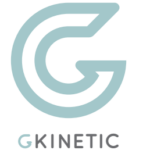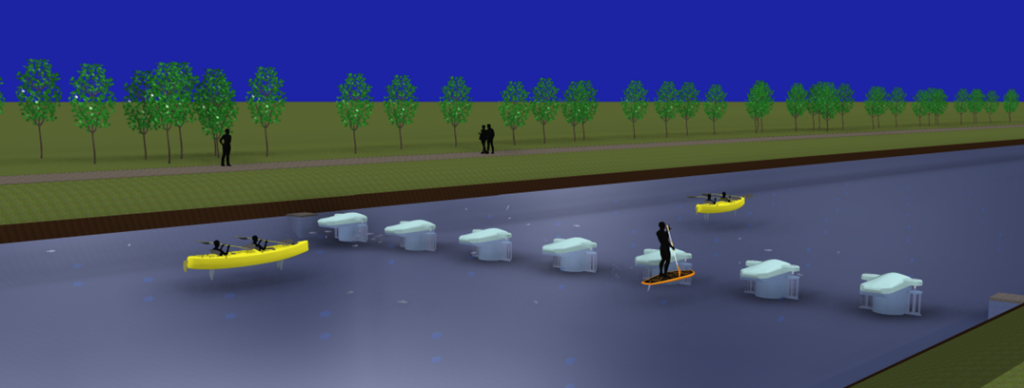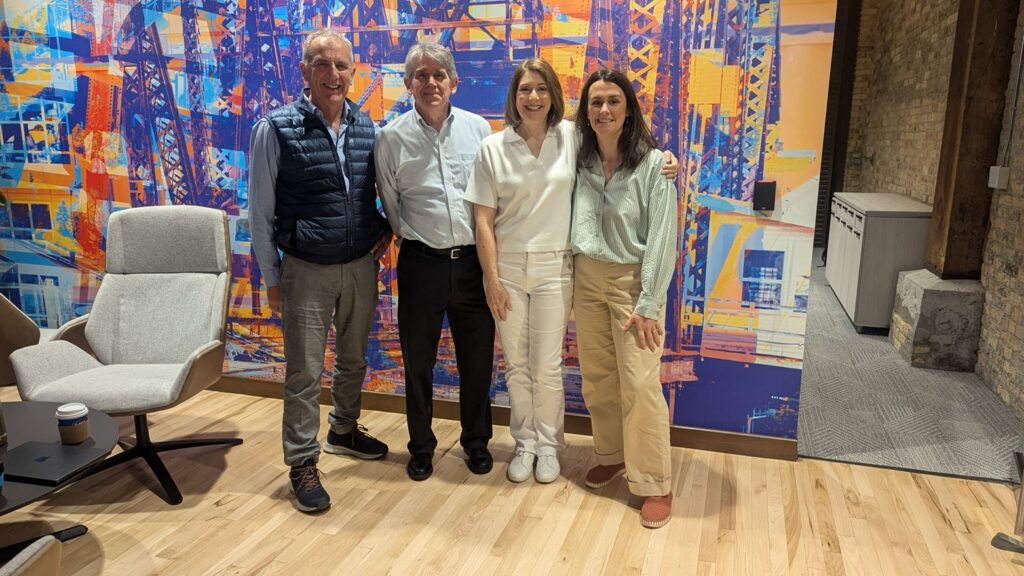powering water’s energy potential
By Beverley Ferrara, European Representative
 Water and energy are inseparable – energy generation relies heavily on water, while water treatment is deeply dependent on energy. This interconnectedness presents exciting opportunities for new solutions in sustainable energy production.
Water and energy are inseparable – energy generation relies heavily on water, while water treatment is deeply dependent on energy. This interconnectedness presents exciting opportunities for new solutions in sustainable energy production.
Through its BREW 2.0 Post-Accelerator, The Water Council supports start-ups worldwide that have uncovered new possibilities and are building purpose-driven businesses. One such example is GKinetic Energy, an Irish firm that has developed a flow-accelerating hydrokinetic turbine capable of producing clean energy from canals, rivers and tidal flows. Recently, GKinetic made the decision to soft-land in the Global Water Center, The Water Council’s headquarters in Milwaukee.
For this blog, I spoke with Roisin McCormack, COO and co-founder, about the company’s plans for U.S. expansion, the opportunities they see in this market and how The Water Council helps build the connections needed to reach customers who can benefit from their solution.
Can you tell us about GKinetic Energy? What sets it apart in the world of sustainable energy production?
 GKinetic Energy develops turbine solutions for generating clean, reliable electricity from all free-flowing water sources like rivers, canals, estuaries and tidal streams.
GKinetic Energy develops turbine solutions for generating clean, reliable electricity from all free-flowing water sources like rivers, canals, estuaries and tidal streams.
We currently offer kW scale products to homes, farms and businesses lucky enough to be located alongside rivers, and our first customer installations are underway here in Ireland. Our turbines are simple, safe and affordable, with a roadmap to expand to larger power outputs and fixed units that attach to infrastructure like bridge pillars and canal walls. Our current market-ready products are compact floating units resembling little mini barges, designed for easy deployment and movement. Our 3kW unit needs just 1.6 feet of water to operate, and we typically deploy a number of units along the width of a river, leaving space for safe passage of fish, debris, marine traffic and recreational users.

How do you ensure your products are environmentally friendly?
We’ve spent 10 years developing a superior product, working with independent researchers and universities to assess and ensure its environmental friendliness. So far, no negative impacts have been observed, and we will continue to monitor this as we place immense importance on ensuring our units work in harmony with the beautiful, natural environments they operate in. Testament to our focus on the environment is that we were granted planning in a Special Area of Conservation and our product is 98% recyclable at end of life. We’re excited to show the world how untapped free-flowing water resources can make clean, reliable and affordable energy for a decentralised green future.
Why did you decide to pursue growth in the United States and what opportunities do you see for your company?
We’re delighted with the demand for our product in Ireland and have a strong pipeline of projects here but see huge potential for growth worldwide. The U.S. is our first market for expansion, primarily because the Department of Energy and its Water Power Technologies Office are strong supporters of our type of technology. The U.S. is ahead in advancing water, hydro and tidal technologies and providing funding specifically for hydrokinetics ($35 million in 2020, $10 million in 2022 and $45 million in 2023). The recent Marine Energy Technologies Acceleration Act is another encouraging step, demonstrating the growing support for clean energy solutions.
Incentives and supports in the U.S. like the Inflation Reduction Act and a clearer understanding of regulatory and permitting requirements de-risk potential projects and attract investors. FERC already exempts hydropower projects within existing infrastructure from traditional licensing, allowing GKinetic to deploy our technology at scale, fast-tracking many regulatory hurdles. With over 145,000 total miles of canals and 3.5 million miles of river and estuary networks in the States, the potential is huge for our technology’s unique design.
These are just some of the key reasons driving our U.S. expansion, and we’ve been so encouraged by the warm welcome and positive response so far with a number of really exciting projects in progress. We will leverage our commercial case studies from Ireland to identify similar projects in the U.S. and find partners who will help us deliver them.
How does being part of a hub like The Water Council make a difference for you?
Have you ever heard someone talking about a holiday abroad saying that it was amazing because they “had friends there”? You know, when a local guide takes you to all the best places, shows you the real local gems and connects you to the community? The small logistical stuff fades away and you get to really enjoy your trip and get the most out of it — that’s what having the support of The Water Council feels like for us. You get that instant local “IN” and can build up relationships and connections much faster than you would by yourself.
It means having advice and support on hand for helping to land meetings and make introductions, facilitating physical meeting spaces and offices. It’s the perfect soft-landing platform for a company like us who are just starting to get up and running in a brand-new region. For us it’s the local knowledge, advice and connections that are most valuable, and we are so grateful to have been part of the BREW 2.0 program this year.

What advice would you give other small companies looking to expand internationally?
We’re still learning ourselves, but from our experience so far, here’s our advice:
- Have a separate, dedicated business plan for the new region. We received great support from Enterprise Ireland to help us with this work and development.
- Join a hub or accelerator program like The Water Council’s BREW 2.0 for ideal soft-landing and rapid learning in a short space of time.
- Focus on one state — in a market as huge as the U.S., pick one region and grow from there.
- Talk, talk, talk! We’ve had countless calls with potential customers, DOE members universities, potential funders and companies who have successfully expanded into the US. You’re learning but also growing your network. In particular, our week in Milwaukee as part of the BREW program got us in front of so many relevant stakeholders. We look forward to our next trip to build on those relationships and potential projects and partnerships.